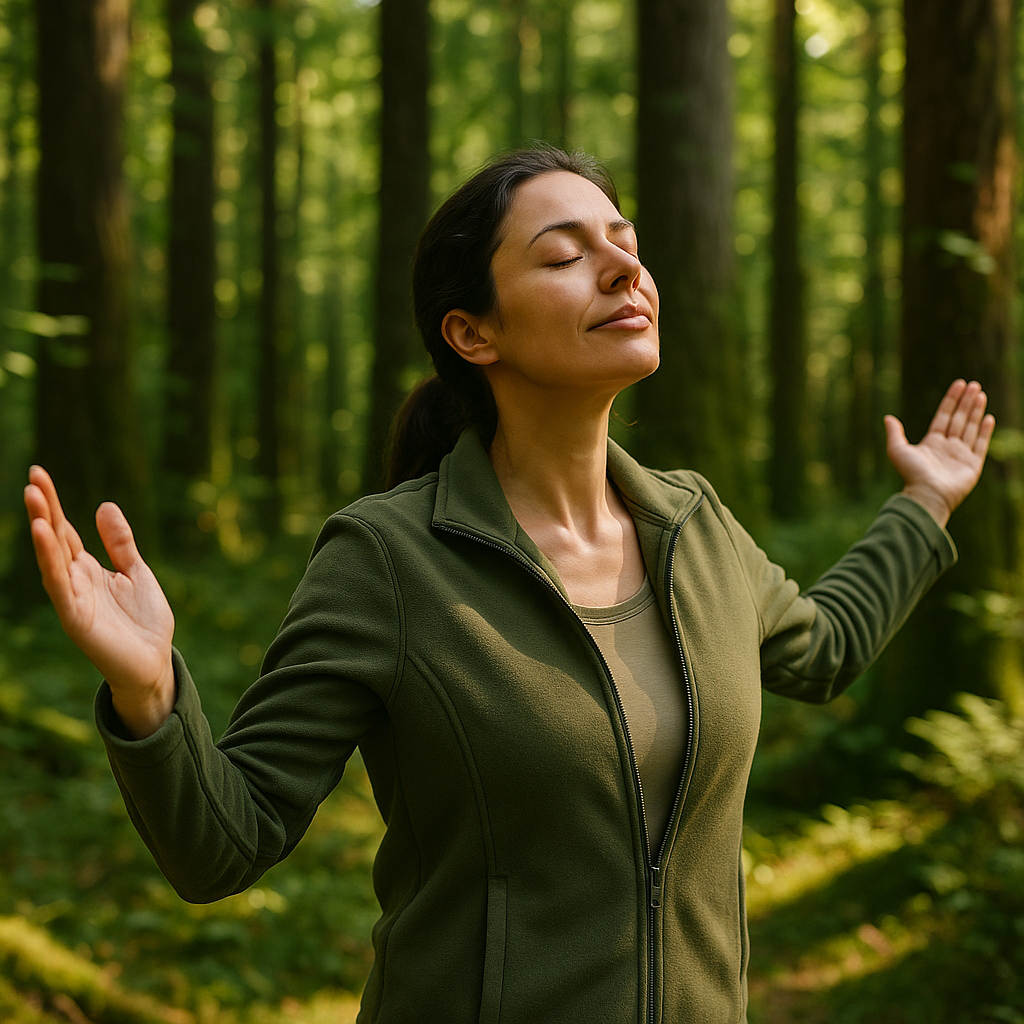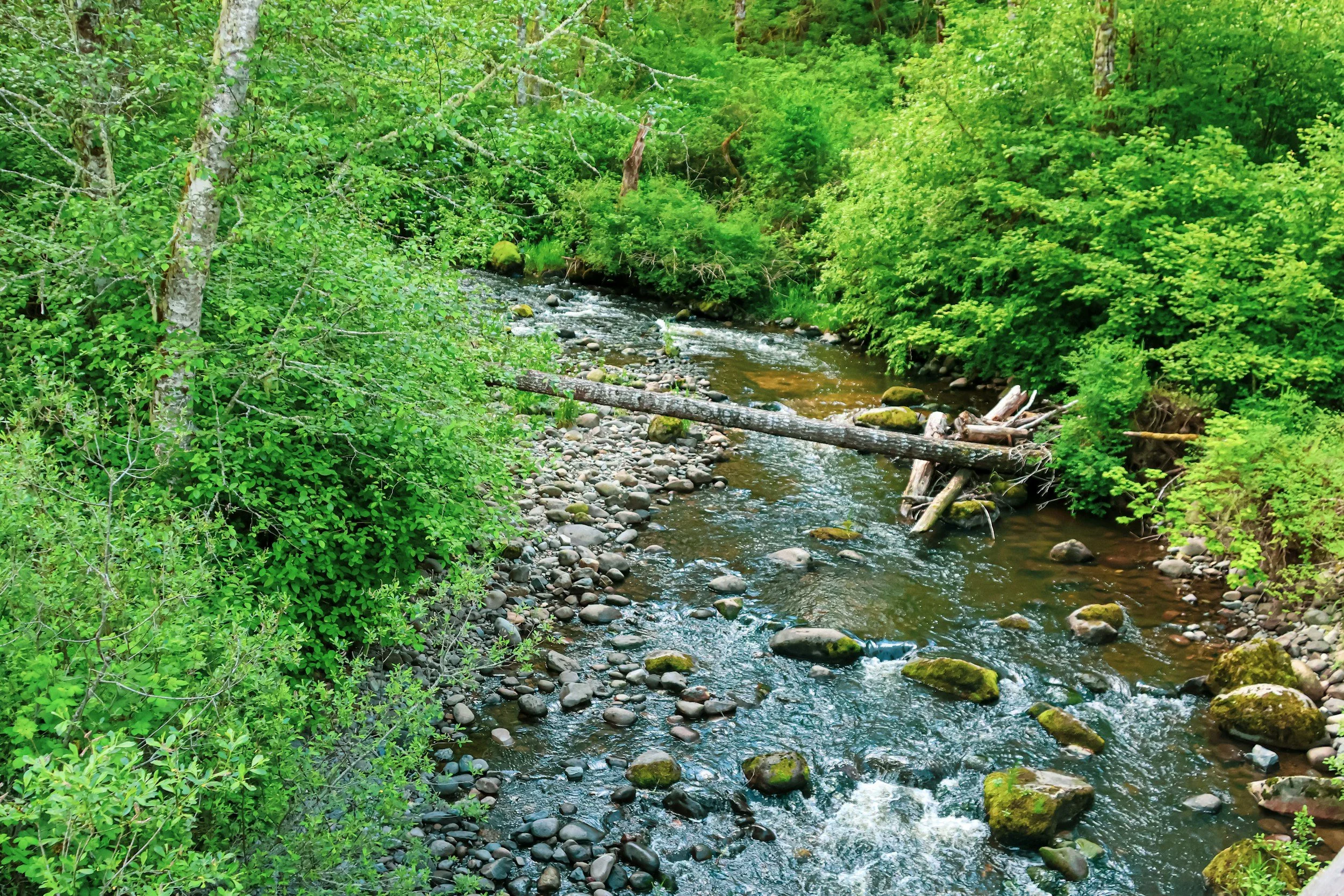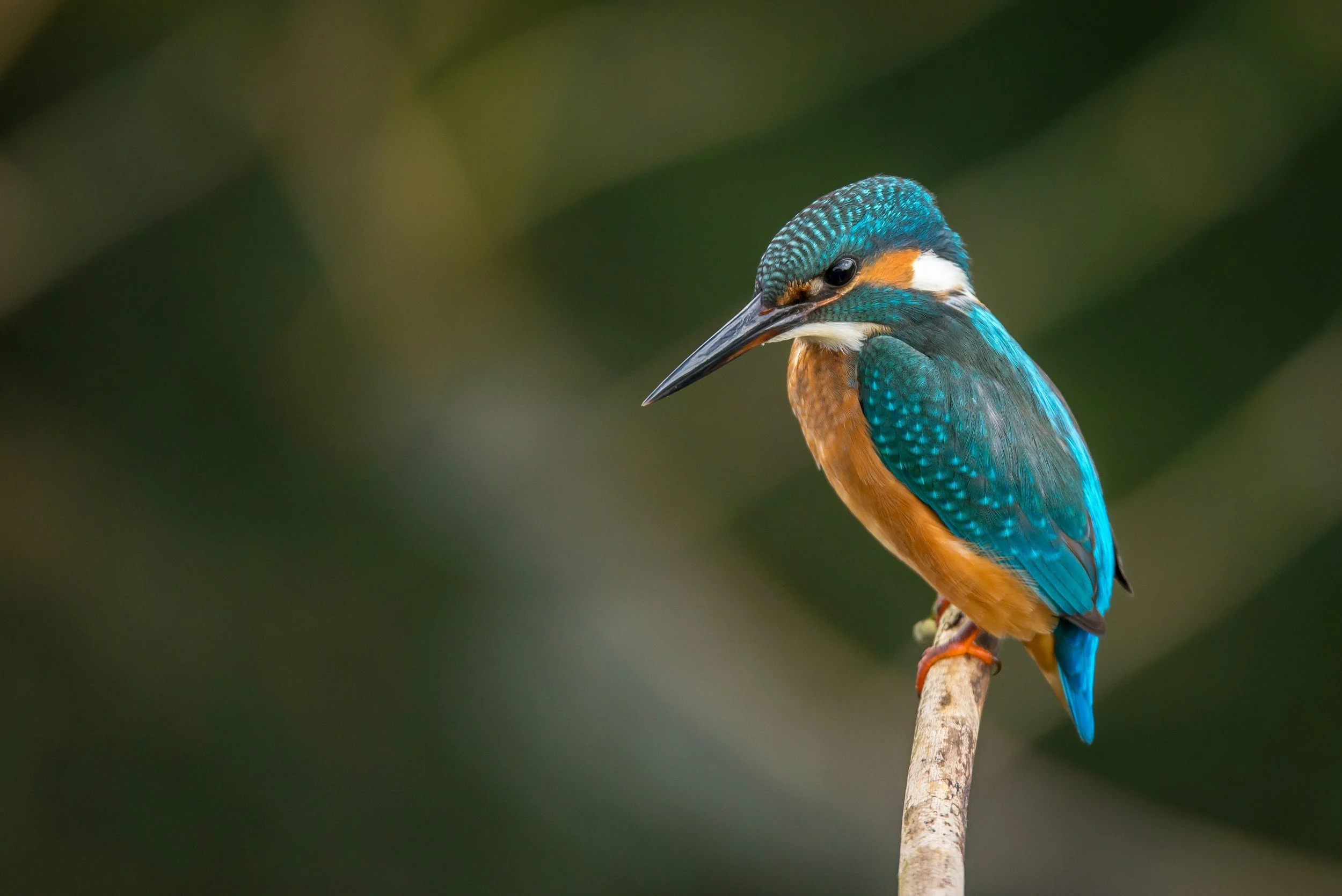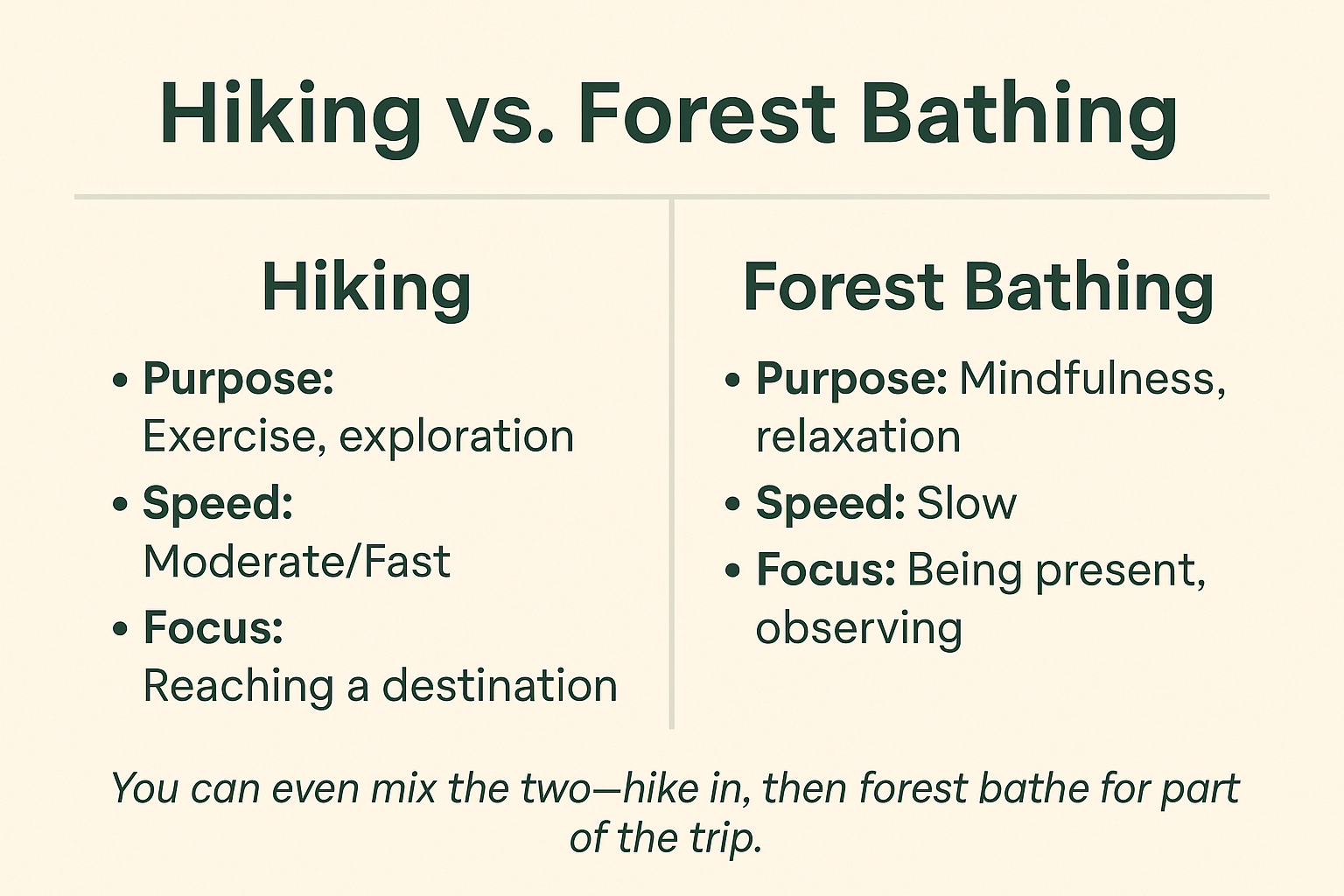The Science of Forest Bathing and How to Try It
If you've ever taken a slow walk through the woods and felt calmer afterward, you’ve already experienced a version of forest bathing. This Japanese practice—known as shinrin-yoku—translates to “taking in the forest atmosphere,” and it's backed by a growing body of research.
Forest bathing isn’t exercise. It’s not hiking. It’s the simple act of being present in nature—engaging your senses and slowing down. It’s both a mindfulness practice and a health intervention, and anyone can do it.
What Is Forest Bathing?
Originating in Japan in the 1980s, shinrin-yoku was introduced as a response to the high-stress, tech-heavy lifestyle of modern cities. It encourages people to reconnect with nature through intentional time in wooded or green spaces. The goal isn’t distance or fitness—it’s awareness.
Unlike hiking or jogging, there’s no destination. You walk slowly, pause often, and fully immerse yourself in the sights, sounds, and smells of your surroundings.
What Does the Research Say?
Multiple studies have shown that forest bathing can provide real health benefits:
Reduced cortisol levels (stress hormone)
Lower blood pressure and heart rate
Boosted immune system function
Improved mood and decreased anxiety
Better sleep quality
Enhanced focus and mental clarity
The reason? Trees release compounds called phytoncides, which are natural oils that protect them from pests. When humans breathe them in, they appear to trigger stress-reducing and immune-boosting responses.
How to Practice Forest Bathing
You don’t need special gear or a guide to begin. Here’s how to try it yourself:
1. Choose a Natural Setting
Look for a quiet trail, wooded area, or park with minimal noise. The more trees, the better—but even a city park can work.
2. Leave Your Phone Behind (or Turn It Off)
The goal is to disconnect from screens and notifications to fully engage with your surroundings.
3. Walk Slowly
There’s no rush. Move gently and pause often. The point is to explore and observe, not to reach a destination.
4. Engage Your Senses
What do you see? (shapes, shadows, movement)
What do you hear? (birds, wind, water)
What do you smell? (pine, damp soil, flowers)
What can you touch? (tree bark, moss, leaves)
5. Breathe Deeply
Take slow, deep breaths and notice the temperature and texture of the air around you.
6. Sit or Lie Down
Find a comfortable spot to be still. Watch the light shift through the trees. Let your thoughts slow.
How Long Should It Last?
Even just 20 minutes of forest bathing can lower cortisol. But if you have more time, aim for 1–2 hours to get the full effect. There’s no set rule—listen to your body and stay as long as you feel comfortable.
Forest Bathing vs. Hiking: What's the Difference?
Hiking
Purpose: Exercise, exploration
Speed: Moderate to fast
Focus: Reaching a destination
Forest Bathing
Purpose: Mindfulness, relaxation
Speed: Slow
Focus: Being present and observing
You can even mix the two—hike in, then forest bathe for part of the trip.
Tips to Get Started on Forest Bathing
Go early or mid-morning for the quietest experience
Bring water, but leave snacks and distractions behind
Wear comfortable shoes and clothing
Go alone or with a quiet, like-minded friend
Journal your thoughts or sketches afterward (optional)
Final Thoughts
Forest bathing is a low-cost, accessible way to improve your mental and physical health. You don’t need a forest—you just need a patch of green, a willingness to slow down, and a bit of curiosity. Give it a try. Your body—and your mind—will thank you.




